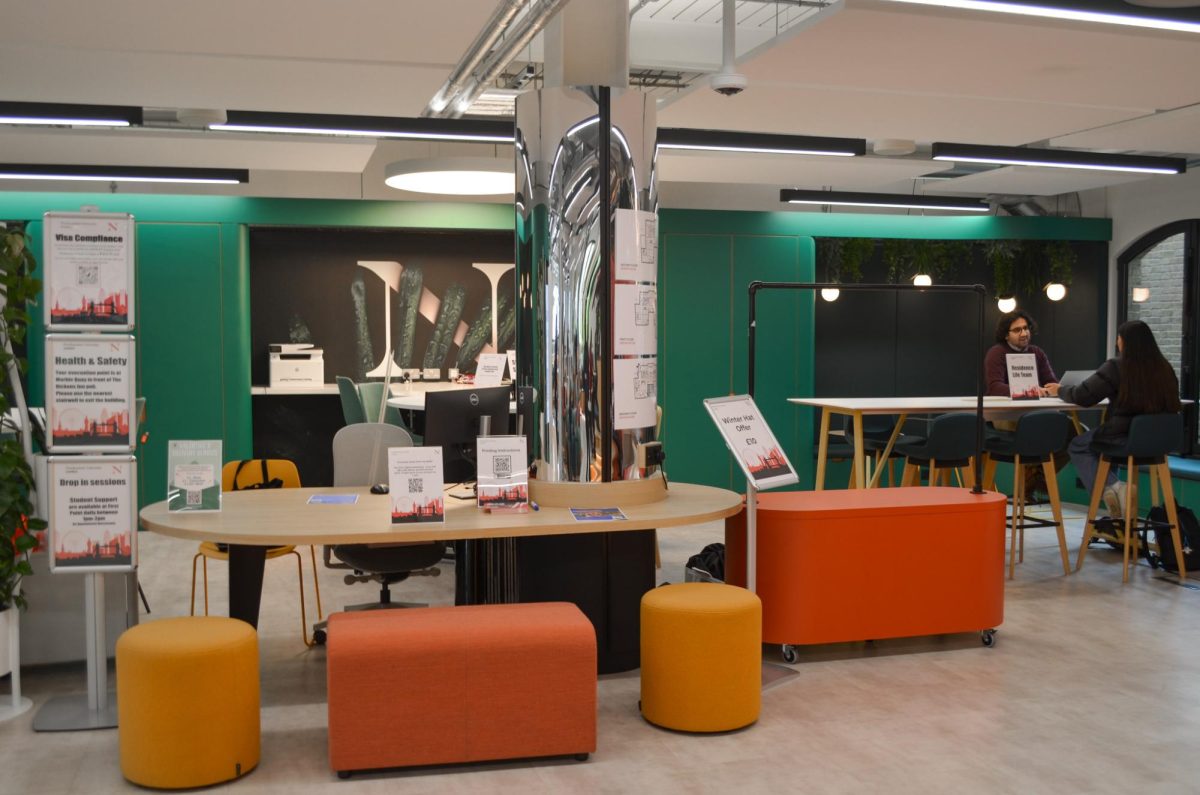With an outstretched arm, muscles tight and defined, a man perches upside down on a skateboard. A few feet away, with her back in a perfect arch, a woman performs a backbend.
They look completely normal, except for one crucial missing component: skin.
These are the bodies of two donors who chose to preserve themselves through plastination. They are part of more than 200 works on display at the “Body Worlds 2” traveling exhibit at the Museum of Science.
The plastination process, created by German scientist Gunther von Hagens in 1977, stops a body from decomposing and preserves it for eternity. In his exhibit, Von Hagens features plastinates ranging from human bodies to organs, and even some animals.
The display is meant to be a learning tool, said Von Hagens’ wife, Angelina Whalley.
“[Viewers] understand how nicely and fragile they are made,” said Whalley, who works closely with Von Hagens on the exhibit. “They understand what smoking does to the body, they understand what drinking alcohol does and they discuss with their relatives what a hip replacement looks like that their aunt got a couple of weeks ago.”
By comparing healthy and diseased organs side by side, Von Hagens said people are better able to understand their bodies.
“[The exhibit] makes people see it is necessary to live a healthy and therefore more capable and longer life,” he said.
Although the process may be scientific, the presentation of the bodies is not.
Von Hagens poses each full-body plastinate in a lifelike position to make it look more realistic as well as to help people connect their own body with the corpse, he said.
Associate professor of clinical exercise physiology Carol Garber said the “artistic” aspect is one reason people may be drawn to the exhibit.
“People are very interested to see it and that is not usually the case when someone says ‘I’m going to show you body parts,'” Garber said.
“It is great for people to learn about the body and I do think it is a very unusual exhibit in terms of giving people a different view of the body and almost doing it in a way that makes it look like art,” she said.
Students like Lyuba Eydlin, a middler international business major, said the exhibit sounds intriguing.
“You never realize how your whole body looks on the interior, you just see the exterior with the skin layer,” she said. “It’s interesting – not typical.”
While junior nursing major Lauren Bayard said she is intrigued by the exhibit, she thinks some people may be turned off.
“It’s a little gross,” she said. “It may be hard to look at.”
However, Giscard Dimanche, a middler criminal justice major, said he is going to visit the exhibit because he is interested in the way the body works and would like to see it in person.
“I used to be a biology major,” he said. “This stuff interests me – how everything works and is connected.”
When it first began in 1995, the exhibit caused some controversy over the origin of the corpses. But Von Hagens emphasized all bodies in the exhibit are consented donations.
“[These are] donors who in their lifetime wanted to put their bodies in the next generation for enlightenment and education,” Von Hagens said. “Medical enlightenment to make people understand.”
The donors come from all over the world and those who are interested sign a non-binding agreement, meaning donors and their families are permitted to retract their donations if they feel uncomfortable at any time in the process.
“I believe the most respect you can give to other people is how you treat them after death, whether you are willing to follow their wishes,” Von Hagens said.
The exhibit will be at the Museum of Science in Boston until January 2007. Admission is $21 with a student ID. For more information visit www.mos.org/bodyworlds.









